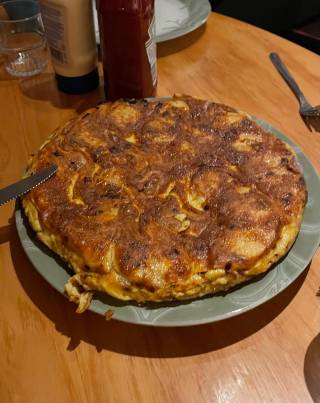 .
. 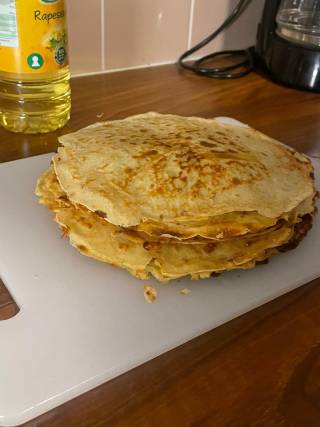
For our eighth meeting, we organized an international dinner. Sandra prepared traditional Spanish dishes, such as patatas bravas and tortilla de patatas, while I made Dutch pancakes.
Cooking was a bit more challenging for me. I noticed how difficult it is to make typical Dutch dishes in Finland. For example, speculaas requires specific spices, such as speculaas spices, which I couldn’t find here. Making poffertjes requires a special poffertjes pan, and bitterballen, which are ready-made and easy to fry in the Netherlands, aren’t available here at all. This made me realize how dependent Dutch cuisine can be on specific ingredients or tools that are hard to find abroad or not worth investing in for one-time use. Luckily, a friend from the Netherlands had recently brought me some traditional pepernoten. These are small spiced cookies associated with the Dutch Sinterklaas holiday. It was nice to bring these to the international dinner since we had discussed this holiday during our sauna meeting. Sandra even got to try them herself, which made the connection to our earlier conversation feel more meaningful.
It was great to see how Sandra prepared her dishes and how passionately she talked about them. She explained how patatas bravas are made with a spicy sauce and how tortilla de patatas is one of the most popular dishes in Spain. I was particularly intrigued by the tortilla de patatas, as I had never heard of it before. It was surprising to me that the dish is called “tortilla,” even though it doesn’t involve a wrap, as I associate tortillas with wraps. In Spain, however, this dish is a tortilla. When she described it, I wondered how filling it would be as a dinner since it sounded more like an omelet, which I would typically eat for lunch. In the end, the dish surprised me—it was delicious and quite satisfying. It was also interesting to learn about the importance of the Mediterranean diet, which uses lots of olive oil and fresh ingredients.
I shared more about Dutch pancakes, explaining that they are often eaten with syrup or powdered sugar. We had a fun discussion about how different pancakes are in Spain, where they are thinner and more commonly considered a dessert, while in the Netherlands, they can be a full meal. I also shared information about other typical Dutch dishes, such as drop (licorice), haring (herring), and stamppot.
After dinner, we realized that we had overlooked an important part of our learning goals: grammar. We decided to dive into it together. Sandra explained some basic rules of Spanish grammar to me, such as the use of masculine and feminine words, conjugating verbs in the present tense, and the distinction between ser and estar, the two forms of “to be” in Spanish. I found it fascinating that these two verbs have different uses depending on whether something is temporary (estar) or permanent (ser). This concept doesn’t exist in Dutch, making it both challenging and insightful to learn.
In turn, I explained how verb forms work in Dutch, both in the present and past tense. We discussed the use of ’t kofschip, a helpful mnemonic to determine whether a verb in the past tense ends in d or t. I noticed this was quite confusing for Sandra since Dutch verbs don’t have fixed endings like Spanish verbs do. I also explained the difference between ‘de’ and ‘het,’ which is often a stumbling block for people learning Dutch because there are no clear rules for it. For her, it was strange that this relies on “feeling,” while Spanish grammar rules are typically more rigid. This made it difficult to teach, as there aren’t clear guidelines for learning something based on intuition.
Instead of adding new vocabulary and phrases to our learning, we reviewed the vocabulary and sentences we had learned during previous meetings and applied grammar rules to them. This turned out to be a smart approach, as introducing new words would have been too overwhelming. Applying grammar to familiar words and sentences helped reinforce our previous lessons and allowed us to understand them better.
During this exercise, I realized it would have been more helpful to cover grammar earlier in our meetings. If we had started with grammar earlier, we likely would have understood each other’s languages better and made faster progress in speaking. We also discovered that grammar is quite challenging, and if we had started earlier, we could have used additional meetings to review it. Now we only have two meetings left for further practice. However, I appreciated that we adapted flexibly by focusing on grammar rather than new vocabulary this time, as this made the session more productive.
Despite the difficulty, the grammar exercise was a valuable and enlightening experience. It helped clarify things we hadn’t fully understood before. For example, explaining Dutch grammar gave me a new perspective on my own language. Concepts like ’t kofschip, which I take for granted, required careful explanation and reflection. This made me more aware of how complex Dutch can be.
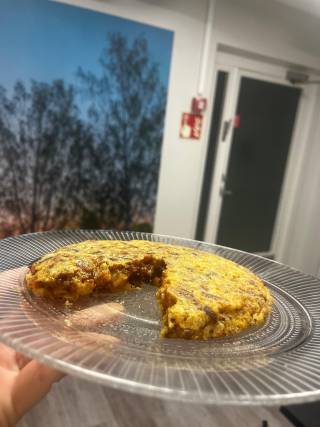 .
. 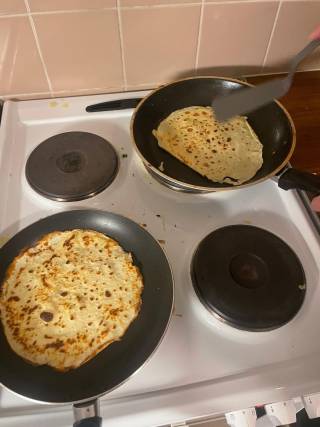


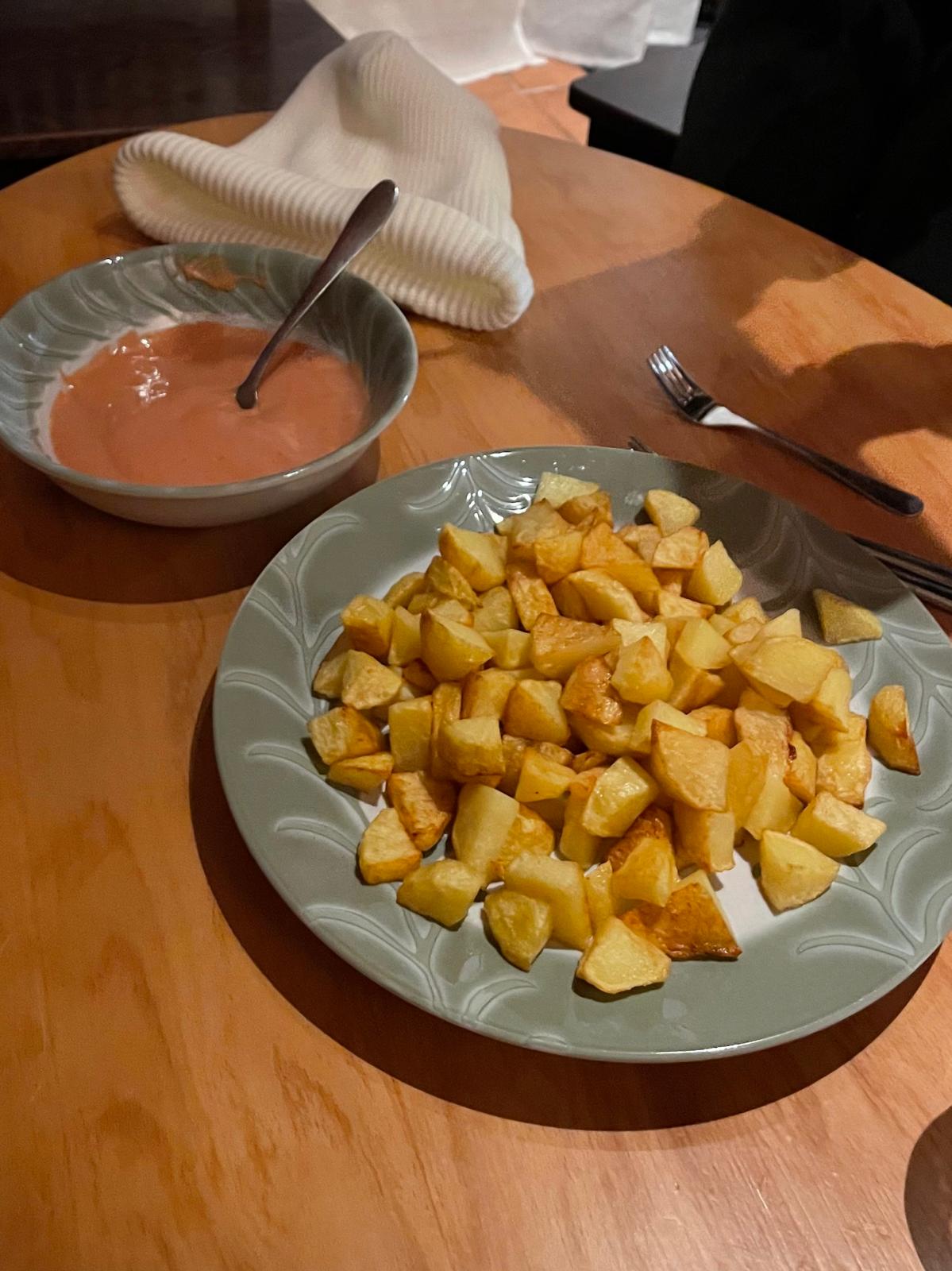
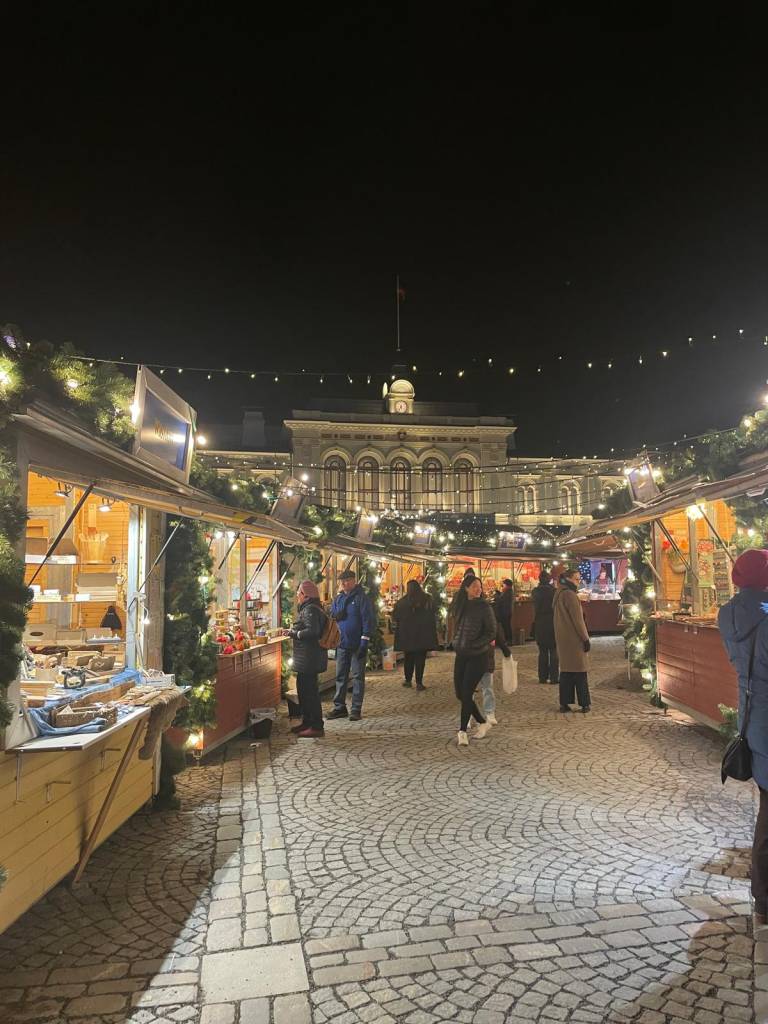
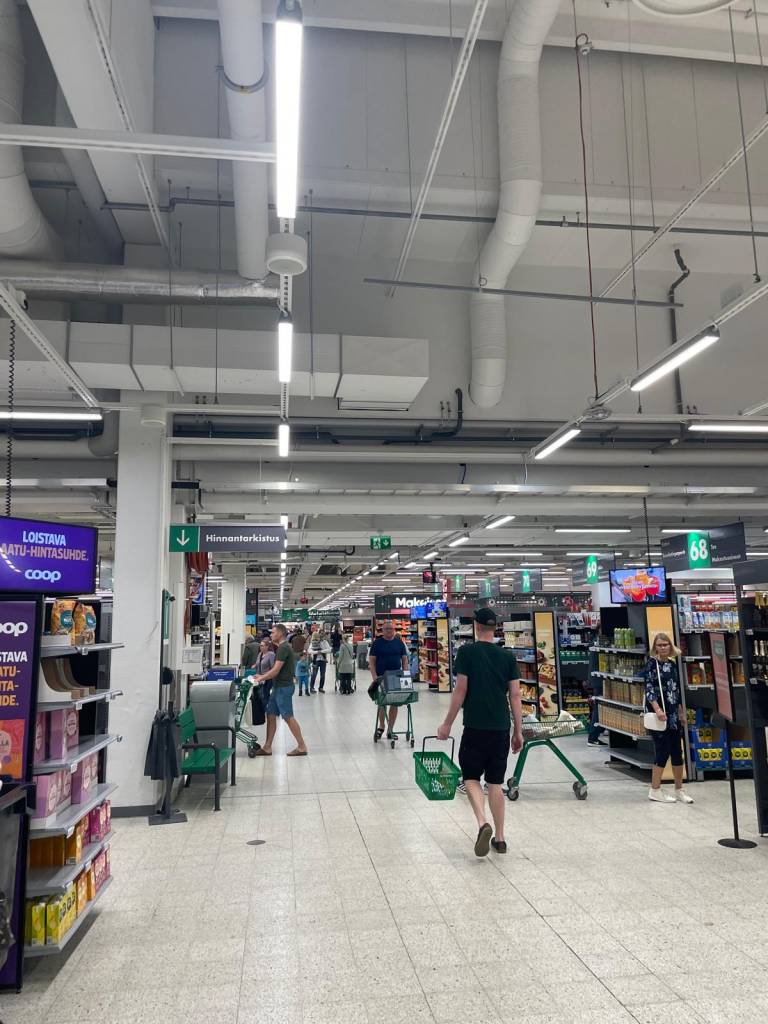
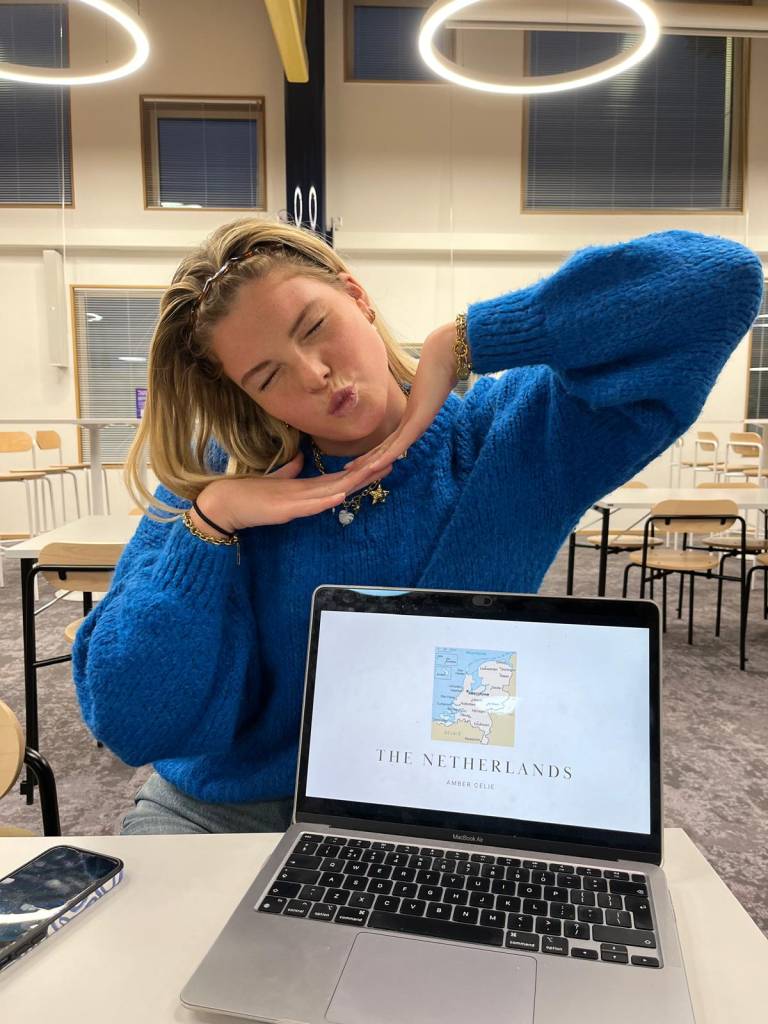
Comments